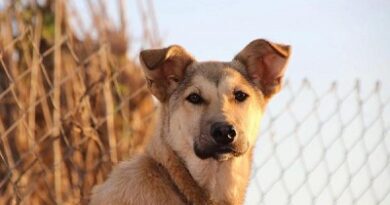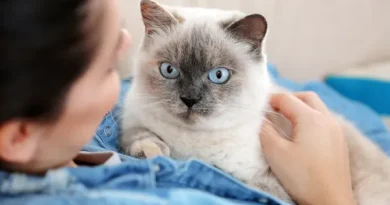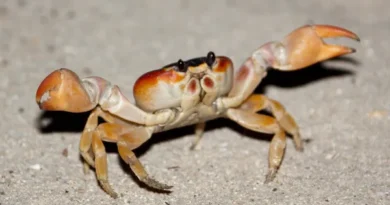Zeal in Dogs
Zeal in Dogs
This vital stage that many dogs live brings with it a series of changes in the mood and behavior of dogs that owners are unaware of. If you have doubts about heat in dogs or you think that your partner is experiencing this convulsive phase, here you will solve all the questions you have.

Coinciding with spring and autumn, the periods of heat are repeated annually in non-sterilized dogs. These hormonal alterations cause a change in behavior in animals, generally manifested by urine marking, which is quite annoying for owners and can only be solved by chemical or surgical sterilization of our pets.
The arrival of spring increases the number of hours of sunlight, which causes non-sterilized animals to go into heat. The hormonal change generated by this circumstance naturally increases estrogen in females and testosterone in males.
Something very similar happens in autumn, this time with the decrease in daylight hours. From a biological point of view, this is due to the fact that bitches are seasonally polyestrous, that is, they have two heats a year, coinciding with spring and autumn.
On the other hand, males do not have differentiated heat phases, since they can reproduce and are sexually active throughout the year. However, increases in testosterone levels have been observed coinciding with the mating season of females, probably due to changes in daylight hours and the pheromones released by them.
What is Zeal in Dogs?
First of all, we must briefly introduce ourselves to the subject. What exactly is jealousy? Heat is that stage in which the bitch begins to ovulate in order to find a male to carry out reproduction. They are limited periods that last several days in which the female allows herself to be mounted by the male. Obviously, only unneutered or spayed females will attract the attention of those males who aren’t either.
Therefore, it can be affirmed that heat occurs only in female dogs, while dogs take advantage of this situation to mate with them. As you already know, this period brings with it a series of hormonal changes that will cause variations in the animal’s behavior and physique. Throughout this article we will explain them to you.
At what age does a dog go into heat?
This question has a very varied answer that will depend on the size and characteristics of your dog.
In general, jealousy in dogs usually appears between 6 and 8 months of life. In large breeds, it usually starts at 11 or 12 months. In small breeds, the first heat appears between 5 and 8 months. The heat occurs 2 times a year, every 6 months or so.
However, our faithful companion can live this stage before or after this date.
For example, it is normal that in dogs of a larger size the first oestrus arises later – in the first 11 or 12 months -, while it is not surprising that a dog with a smaller corpulence reaches this phase before the fifth month of life.
As we have explained previously, heat in dogs is not an unlimited stage, but rather a specific period that is repeated several times throughout the life of the animal. In the case of dogs, the female usually has between two and four weeks of heat, that is, about 23 days. We are talking about a vital phase that is repeated approximately every six months. In this sense, we recommend that you write down the last time your dog was in heat, in order to know when she is going to experience this stage again.
Another physical and internal irregularity of the dog is the loss of blood in this reproductive phase. The bleeding usually occurs parallel to the inflammation of the vulva and, mainly, serves to attract the attention of the males. Why? Because this blood contains a substance called a pheromone that is responsible for attracting the attention of dogs.



